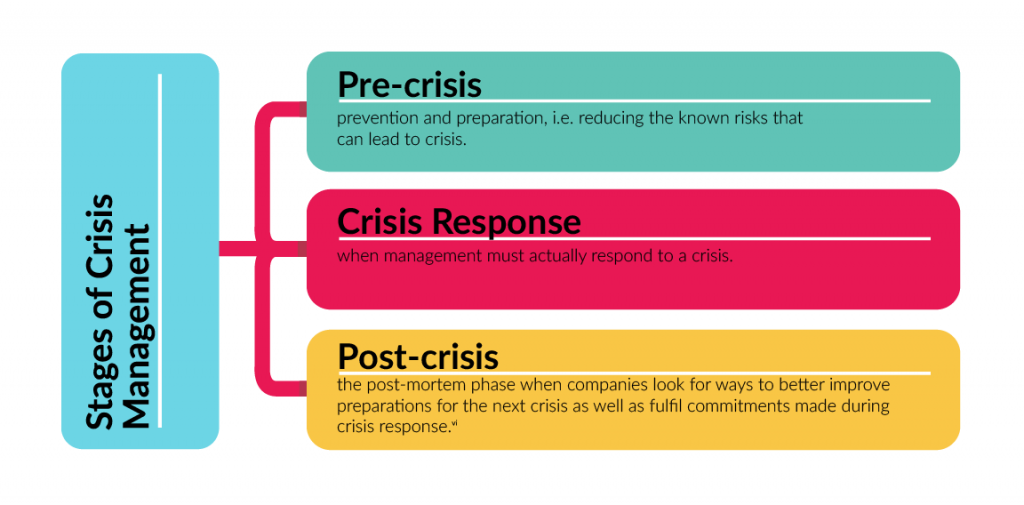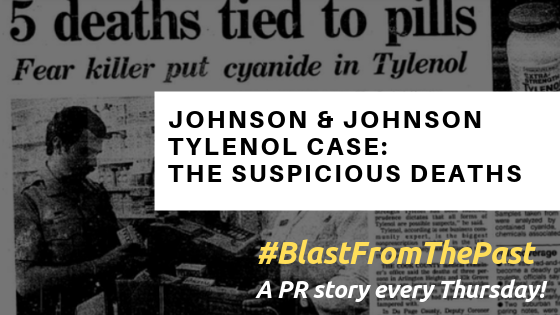In today’s fast-paced, interconnected digital landscape, brand crisis management has become a critical skill for businesses of all sizes. A single misstep, whether a social media blunder, a product recall, or a scandal involving key stakeholders, can rapidly spiral into a public relations disaster.
When facing such storms, brands must have a robust strategy to navigate and recover from these crises effectively. This post will discuss brand crisis management, exploring the key strategies and steps to help brands weather the storm and emerge even stronger.
Table of Contents
Toggle1. Prepare for the Unpredictable
Brand crisis management begins long before a crisis occurs. This proactive approach involves identifying potential threats, understanding vulnerabilities, and developing a comprehensive crisis management plan. It’s like having an umbrella ready before the storm hits. While you may not be able to predict the exact crisis, you can prepare for various scenarios.
2. Identify the Key Stakeholders
In the heat of a crisis, it’s crucial to know the key stakeholders and how they might be impacted. Stakeholders can include customers, employees, investors, partners, and the wider public. Knowing your audience and their concerns is vital for effective communication during a crisis. Each group may require different messages and actions.
3. Swift Response is Key
In the world of brand crisis management, speed matters. In today’s 24/7 news cycle and the rapid dissemination of information on social media, a delay in responding to a crisis can exacerbate the situation. Brands must act swiftly to acknowledge the issue and commit to resolving it.
4. Open and Transparent Communication
One of the critical principles of brand crisis management is maintaining open and transparent communication. Be honest about the situation, take responsibility for any mistakes, and share your plan for addressing the issue. Hiding the truth or attempting to cover up a crisis will almost always make things worse.
5. Utilize Social Media Wisely
Social media plays a central role in brand crisis management. It’s both a source of problems and a solution. Utilize your social media presence to communicate with your audience directly. Respond to comments and questions promptly, and provide regular updates on your progress in resolving the crisis.
6. Empower Your Team
In a brand crisis, your team is your most valuable asset. Empower them with clear guidelines and training on how to respond to crises. Ensure that all team members know their roles and responsibilities during a crisis, and establish a chain of command for decision-making.
7. Learn from the Crisis
After the storm has passed, conducting a thorough post-crisis analysis is essential. What went wrong? What could have been done differently? Use the crisis as an opportunity to learn and improve. Brands that can turn a crisis into a valuable lesson often emerge stronger and more resilient.
8. Maintain Consistency in Brand Messaging
Consistency in brand messaging is critical during a crisis. All communication channels, including social media, press releases, and direct customer interactions, should convey the same message. This helps build trust and avoids confusion.
9. Seek Legal and PR Counsel
Sometimes, it’s necessary to consult with legal and public relations professionals. Legal experts can advise on the potential legal ramifications of the crisis and guide you on the best way to protect your brand. PR professionals can help you craft a communications strategy that will resonate with the public.
10. Rebuild Trust
Rebuilding trust is often a long-term process. Consistently delivering on promises and demonstrating genuine change is vital. Brands can leverage social responsibility initiatives and philanthropy to rebuild trust and show their commitment to positive change.
11. Monitor and Adapt
Brand crisis management doesn’t end when the immediate crisis is resolved. It’s an ongoing process. Continuously monitor public sentiment and adapt your strategies as needed. Stay prepared for potential new crises and be ready to respond effectively.
12. Real-World Examples
To illustrate these principles of brand crisis management, let’s look at a couple of real-world examples.
a. Johnson & Johnson: Tylenol Poisoning Crisis
In 1982, Johnson & Johnson faced a severe crisis when seven people in the Chicago area died after taking cyanide-laced Tylenol capsules. The company’s response is often cited as a textbook example of crisis management.
Johnson & Johnson acted swiftly, recalling 31 million bottles of Tylenol, offered full refunds, and introduced tamper-evident packaging. They demonstrated transparency and put public safety above all else, rebuilding trust and retaining market leadership.
b. United Airlines: Passenger Removal Fiasco
2017 United Airlines faced a major crisis when a passenger was forcibly removed from a flight. The incident was caught on video and went viral, causing outrage. United initially mishandled the situation, but they eventually issued a public apology and made policy changes. The airline learned from the incident and adapted its practices to avoid similar problems in the future.
In both cases, the companies effectively navigated and recovered from their crises by acknowledging the problem, taking swift and decisive action, and implementing measures to prevent a recurrence. Their ability to restore trust in their brands is a testament to the power of well-executed brand crisis management.
Conclusion
Brand crisis management is an essential skill in today’s digital world, where news and information travel at the speed of light. Brands that are unprepared or handle crises poorly risk significant damage to their reputation and bottom line. By proactively preparing for crises, identifying key stakeholders, responding swiftly, communicating transparently, and learning from the experience, brands can navigate and recover from public relations crises effectively.
Every crisis presents an opportunity to emerge stronger, more resilient, and better equipped to handle future challenges. In this ever-connected world, brand crisis management isn’t just a best practice; it’s necessary for any business seeking long-term success.




